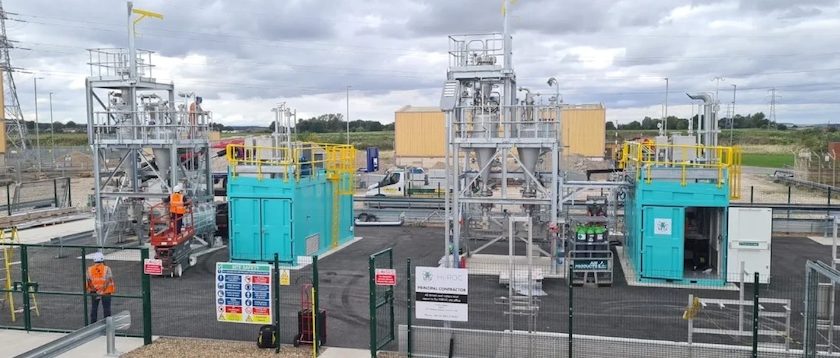Responding to the White House’s second phase of fuel economy standards for heavy-duty trucks, targeted for 2015-16 rulemaking and implementation, Portland Cement Association CEO Gregory Scott noted, “We should expand the debate beyond making more efficient [vehicles] to making more efficient infrastructure.”
Stiffer pavements such as those of concrete construction, he adds, produce less rolling resistance and better fuel economy. Models in recent Massachusetts Institute of Technology Concrete Sustainability Hub (CSHub) research predict that the use of stiffer pavements, versus more flexible alternatives, can reduce fuel use by as much as 3 percent – a savings that would add up to 273 million barrels of crude oil per year.
Florida International University investigators tested the models on vehicles traveling rigid and flexible pavement sections of Interstate 95. For rigid pavement sections, they observed lower fuel consumption figures of 3.2 percent and 4.5 percent, respectively, for passenger vehicles and loaded tractor-trailers. If all Florida pavements were rigid, it could amount to an annual fuel savings of more than $2 billion for highway users, researcher concluded.
In an appearance at a Maryland grocery distribution center, President Obama announced plans to introduce a rule for higher medium and heavy-duty truck fuel economy by 2016. He has charged Department of Transportation Secretary Anthony Foxx and Environmental Protection Agency Administrator Gina McCarthy to “develop fuel economy standards for heavy-duty trucks that will take us well into the next decade.” Heavy-duty trucks account for 4 percent of highway vehicles, but are responsible for 20 percent of carbon pollution from the transportation sector, the White House contends. Current fuel-economy standards are aimed at reducing truck fuel use by as much as 20 percent.


